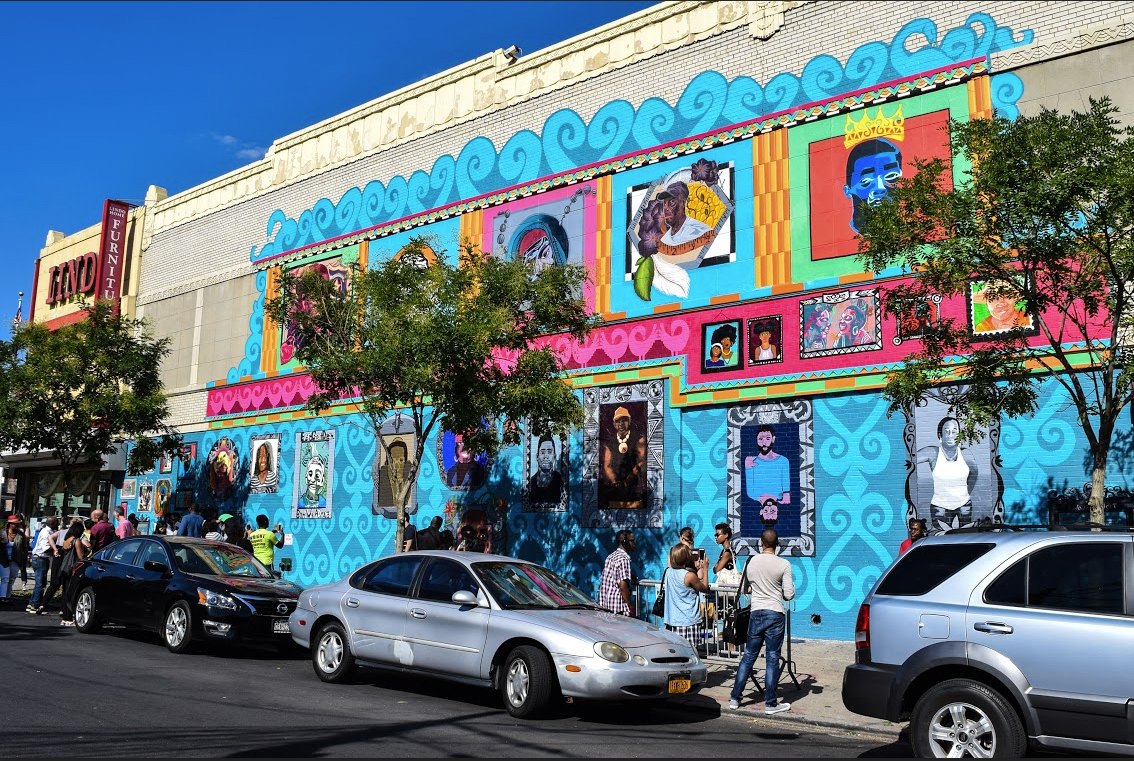City says fewer suspects from Brooklyn housed in jails
Admissions are down 31 percent since 2013

In a June 20, 2014, file photo, the Rikers Island jail complex stands in New York. The de Blasio Administration announced that the city’s jails have fewer inmates from Brooklyn. AP Photo/Seth Wenig, File
A recent announcement from Mayor Bill de Blasio about the decrease in the inmate population in city jails also had notable information pertaining to Brooklyn’s contribution to the downward trend, according to officials who crunched the numbers and found some interesting results.
In December, de Blasio announced that the population in New York City’s jails has fallen to historic low levels.
But there are also fewer suspects from Brooklyn being incarcerated in city jails, according to the Mayor’s Office of Criminal Justice, which reported last week that there were 11,812 admissions from the borough into jails in 2017.
